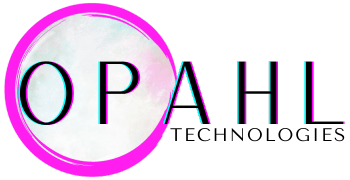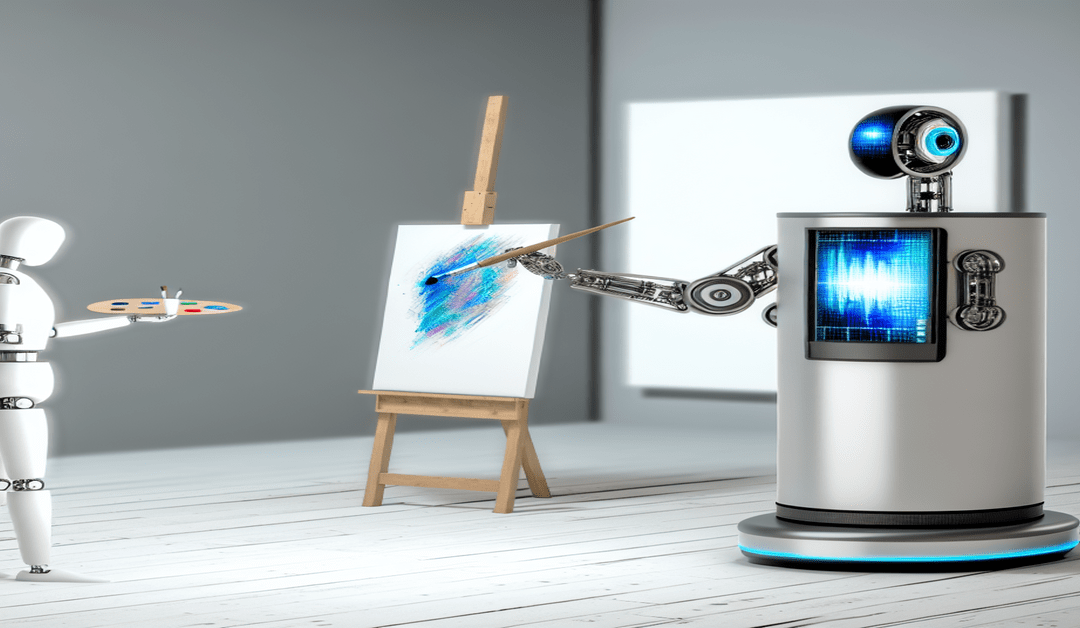The Intersection of AI and Copyright Law: A Landmark Ruling
In a groundbreaking decision, the U.S. Court of Appeals for the District of Columbia Circuit has affirmed that art created solely by artificial intelligence (AI) is not eligible for copyright protection. This ruling aligns with the U.S. Copyright Office’s long-standing position that human authorship is a prerequisite for copyright eligibility. The case, brought forward by Dr. Stephen Thaler, challenged this notion by attempting to register a copyright for an image generated by his AI system, “Creativity Machine.”
Dr. Thaler argued that the human authorship requirement was outdated and failed to account for the rapid advancements in AI technology. However, the court firmly rejected this argument, emphasizing that the “author” of a work must be a human being, not a machine. This decision has far-reaching implications for the creative industries, as it sets a clear precedent for the treatment of AI-generated art under copyright law.
The Role of AI in Creative Works
While the court’s ruling may seem like a setback for the integration of AI in creative fields, it is essential to understand the nuances of the decision. The court did not dismiss the value of AI in the creative process; rather, it highlighted that AI serves as a tool for human creators. In other words, AI can assist and enhance human creativity, but it cannot replace the human element entirely.
This distinction is crucial, as it means that works involving substantial human creativity, even if aided by AI, may still be eligible for copyright protection. The key factor is the level of human involvement and originality in the final product. As AI continues to advance and become more sophisticated, it will undoubtedly play an increasingly important role in various creative industries, from art and music to literature and design.
Navigating the Future of AI and Copyright
The court’s decision in this case serves as a reminder that copyright law must adapt to keep pace with technological advancements. While the current legal framework emphasizes human authorship, it is essential to consider how AI will shape the creative landscape in the years to come. As AI becomes more integrated into the creative process, lawmakers and legal experts will need to navigate the complexities of attribution, ownership, and intellectual property rights.
One potential approach is to explore new models of attribution and ownership that acknowledge the collaborative nature of human-AI creations. This could involve developing a system that recognizes the contributions of both human creators and AI tools, ensuring that the rights and interests of all parties are protected. Additionally, there may be a need for more flexible copyright laws that can accommodate the unique challenges posed by AI-generated content.
The Importance of Human Creativity
Despite the increasing sophistication of AI systems, the court’s ruling serves as a reminder of the enduring value of human creativity. While AI can generate impressive and novel works, it is the human touch that imbues art with emotion, context, and meaning. Human creators bring their unique perspectives, experiences, and intuition to the creative process, elements that cannot be easily replicated by machines.
As we navigate the future of AI and copyright law, it is crucial to strike a balance between embracing technological advancements and preserving the essence of human creativity. By recognizing the complementary roles of humans and AI in the creative process, we can foster an environment that encourages innovation, collaboration, and artistic expression.
Conclusion
The U.S. Court of Appeals’ decision in the case of Dr. Stephen Thaler’s AI-generated art has significant implications for the intersection of AI and copyright law. By affirming that art created solely by AI is not eligible for copyright protection, the court has upheld the importance of human authorship in the creative process. As AI continues to evolve and shape various industries, it is essential to adapt copyright law to address the unique challenges and opportunities presented by this technology.
Moving forward, creators, lawmakers, and industry experts must work together to develop a framework that balances the rights of human creators with the potential benefits of AI-assisted works. By fostering a collaborative and inclusive approach, we can harness the power of AI to enhance and complement human creativity, ultimately leading to a more vibrant and innovative creative landscape.
#AIArt #CopyrightLaw #HumanCreativity
-> Original article and inspiration provided by Dan Mangan
-> Connect with one of our AI Strategists today at Opahl Technologies

